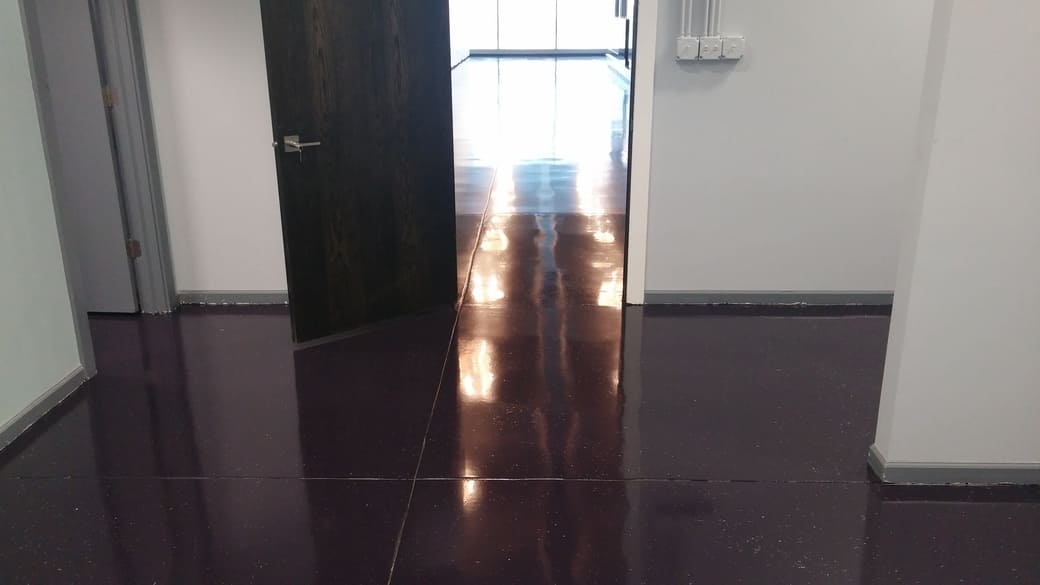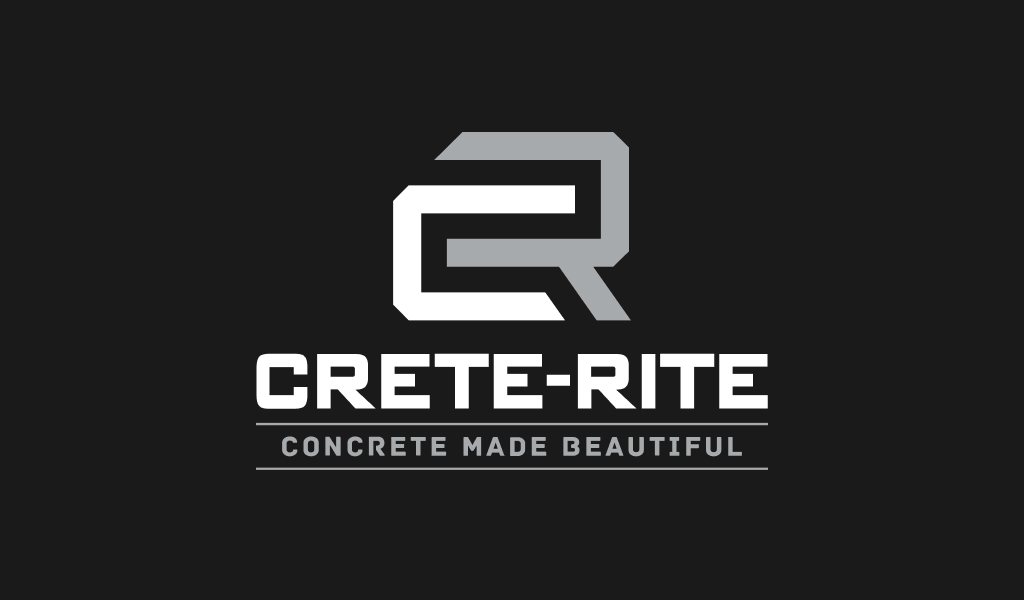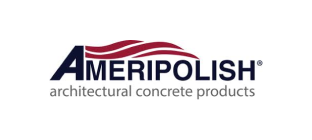A dull or weathered exposed aggregate surface can make your outdoor area appear tired and uninviting. If you’re wondering how to resurface exposed aggregate concrete to restore its aesthetic appeal, this guide will walk you through the steps: preparing the surface, applying a new layer, and sealing it for durability.
Exposed aggregate concrete features a unique combination of natural stones and aggregates, giving it a textured and visually appealing finish that enhances driveways, patios, and walkways. However, over time, exposure to the elements and regular wear can lead to cracks, stains, and a lackluster appearance. By resurfacing your exposed aggregate, you can revive its original beauty while also reinforcing its structure.
Prepare the Surface
Begin by thoroughly cleaning the exposed aggregate. Use a pressure washer or a stiff brush with a suitable cleaning solution to remove dirt, debris, and stains. Ensure that the surface is free of loose particles, as these can interfere with the adhesion of the new layer. For stubborn stains or damage, consider using specialized concrete resurfacing materials designed for tough spots.
Apply a New Layer
Once your surface is clean and prepared, apply a new layer of resurfacing material, such as a concrete overlay specifically designed for exposed aggregate. Follow the manufacturer’s instructions for mixing and applying the material. Use a trowel or squeegee to spread the mixture evenly across the surface, maintaining a consistent thickness for a uniform finish.
Seal for Longevity
After the new layer has been applied and properly cured, sealing is essential to protect the resurfaced surface from future damage and stains while enhancing its appearance. Select a high-quality sealer formulated for exposed aggregate concrete, and apply it using a roller or sprayer, ensuring an even coat over the entire area.
By following these steps, you can successfully resurface exposed aggregate concrete, restoring its beauty and durability. This process not only enhances the visual appeal of your outdoor spaces but also extends the lifespan of your concrete surfaces, allowing you to enjoy their aesthetic and functional benefits for many years.
What is Exposed Aggregate Resurfacing?
Exposed aggregate resurfacing is a specialized technique that involves applying a new layer of concrete with exposed aggregates over an existing concrete surface. This method is particularly effective for enhancing the aesthetic appeal and structural integrity of outdoor surfaces that have become worn, stained, or cracked over time. The resurfacing process not only revives the appearance of the concrete but also protects it from further damage. Typically used for patios, driveways, walkways, and pool decks, resurfacing exposed aggregate concrete allows homeowners to enjoy a visually appealing and durable surface without the cost and hassle of complete replacement.
Benefits of Exposed Aggregate Concrete
1. Aesthetic Appeal
One of the primary advantages of exposed aggregate concrete is its stunning visual appeal. The process of exposing aggregates—such as pebbles, stones, and glass beads—creates a unique and textured finish. This natural beauty can enhance the overall landscape of your home, making it an attractive feature in outdoor settings. The variety of aggregate types, colors, and sizes allows homeowners to customize their concrete surfaces to match their specific design preferences. For instance, exposed aggregate driveway resurfacing can provide a sophisticated look that sets your property apart.
2. Slip Resistance
Exposed aggregate surfaces are inherently slip-resistant due to their textured finish, which helps provide traction, especially in wet conditions. This feature makes them an excellent choice for areas prone to moisture, such as pool decks, patios, and entryways. Homeowners can feel secure knowing that their outdoor surfaces are safer for family and guests, reducing the risk of slips and falls.
3. Durability
The durability of exposed aggregate concrete is one of its standout features. The combination of high-strength concrete and natural aggregates creates a resilient surface that can withstand heavy foot traffic, vehicle loads, and harsh environmental conditions. Over time, the surface can resist cracking, chipping, and fading, making it a long-lasting option for outdoor applications. The longevity of resurfaced aggregate concrete areas contributes to reduced repair and maintenance costs over time.
4. Low Maintenance
Once resurfaced, exposed aggregate concrete requires minimal maintenance to keep it looking fresh. Regular sweeping to remove debris and occasional washing with a mild detergent are typically sufficient. Unlike other surface types that may need frequent sealing or refinishing, resurfaced exposed aggregate surfaces can retain their beauty with relatively little effort. This low maintenance requirement is a significant advantage for busy homeowners who want attractive outdoor spaces without extensive upkeep.
5. Temperature Regulation
The unique texture and composition of exposed aggregate concrete can help regulate temperature, keeping surfaces cooler underfoot during hot weather. The aggregate’s natural properties provide insulation against heat, making it more comfortable for bare feet. This characteristic is especially beneficial for poolside areas or outdoor entertainment spaces where people gather during the warmer months.
How to Prepare for a Successful Resurface?
1. Assessing the Current Condition
Before beginning the resurfacing process, it’s crucial to assess the current condition of the concrete floor. Look for signs of damage such as cracks, deep stains, and uneven areas. Understanding the level of deterioration will help determine the best approach for resurfacing. If the surface is extensively damaged or has structural issues, you may need to consider repair or replacement rather than simple resurfacing.
2. Cleaning the Surface
Cleaning the existing concrete surface is a critical step in the resurfacing process. A clean surface ensures proper adhesion of the new overlay. You can use a pressure washer or a specialized concrete cleaner to remove dirt, grease, oil stains, and any previous sealants. Pay close attention to corners and edges, where dirt may accumulate. After cleaning, allow the surface to dry completely before moving to the next step.
3. Ensuring a Dry Workspace
Moisture can adversely affect the adhesion of the resurfacing materials, leading to peeling or bubbling. Therefore, it’s essential to ensure that the surface is completely dry before applying any overlay. Check the weather forecast and choose a dry day for the project to avoid complications caused by rain or humidity.
How to Resurface Exposed Aggregate Concrete?
1. Applying the Overlay Mix
Once the surface is prepared, it’s time to apply the overlay mix. Start by mixing the resurfacing compound according to the manufacturer’s instructions. Use a mixing paddle and a drill to achieve a consistent and lump-free texture. Pour the mixture onto the prepared concrete surface, starting at one corner and working your way across the area. Use a trowel or squeegee to spread the mixture evenly, ensuring a uniform thickness that typically ranges from 1/4 to 1/2 inch.
2. Smoothing It Out
After applying the overlay, it’s crucial to smooth out the surface for an even finish. Use a finishing trowel or a float to achieve a smooth surface. This step is particularly important in ensuring that the new layer bonds well with the existing concrete. Make sure to pay attention to edges and corners, ensuring there are no bumps or inconsistencies.
3. Curing Time Is Key
Allow the newly applied surface to cure properly. Curing times can vary based on the product used and environmental conditions, so refer to the manufacturer’s guidelines for specific timing. Proper curing is essential to achieve maximum strength and durability. During the curing period, avoid heavy foot traffic or placing any objects on the surface.
4. Grinding for Perfection
After the curing period, you may opt to grind the surface to achieve a smoother, polished finish. Grinding can help eliminate any imperfections and create a more refined surface. It’s important to use the right grinding equipment and techniques to avoid damaging the newly applied overlay. This step is particularly beneficial if you’re aiming for a sleek, modern look.
5. Sealing for Longevity
Once the surface is fully cured and smoothed, applying a high-quality concrete sealer is essential to protect the newly resurfaced area from wear and moisture. Sealing helps guard against stains, moisture penetration, and surface wear. Choose a sealer that is compatible with exposed aggregate surfaces and follow the manufacturer’s instructions for application. Proper sealing not only enhances the appearance of the concrete but also extends its lifespan.
How to Maintain Your New Surface?
1. Sweeping
Regular sweeping is essential to maintain the cleanliness of your exposed aggregate surface. Remove debris, dirt, leaves, and other particles to prevent them from embedding into the surface. This practice helps to keep your concrete looking fresh and prevents staining over time.
2. Washing
Periodically washing the surface with a mild detergent and water will help maintain its appearance. Use a hose or pressure washer on a low setting to avoid damaging the surface. Avoid using harsh chemicals that could erode the sealer or finish.
3. Brush Thoroughly
For stubborn stains or dirt buildup, use a stiff-bristled brush to scrub the affected areas. This action will help restore the surface’s original beauty and ensure that it remains in good condition over time. Regular cleaning will help prevent long-term damage and discoloration.
Concrete Polishing Needed?
If you’re looking for a high-gloss finish on your resurfaced concrete, consider concrete polishing as an additional step. Polishing enhances the aesthetic appeal and creates a sleek, modern look. It can also provide additional protection against stains and wear, making it a valuable investment for high-traffic areas.
Should I Consider Resurfacing My Exposed Aggregate Concrete or Replacing It Altogether?
If your existing concrete surface shows only minor damage such as surface cracks or stains, resurfacing exposed aggregate concrete is a cost-effective and practical solution. However, if there are significant structural issues, extensive cracking, or widespread surface damage, replacement might be the better option. A professional assessment can help determine the most suitable approach for your concrete.
What Can I Put Over Exposed Aggregate?
Several resurfacing materials can be applied over exposed aggregate, including overlays, epoxy coatings, and micro-toppings. These options allow homeowners to refresh their surfaces while achieving a desired look. Consider consulting with a concrete professional to select the best material based on your specific needs.
What Materials Do I Need to Resurface Exposed Aggregate Concrete?
To successfully resurface your exposed aggregate concrete, you will need:
- Resurfacing compound: A quality overlay mix designed for concrete resurfacing.
- Trowels or squeegees: For applying and smoothing the overlay.
- Pressure washer: For cleaning the existing surface.
- Stiff-bristled brush: For scrubbing stubborn stains and dirt.
- Concrete sealer: To protect the newly resurfaced area from wear and moisture.
Can I Change the Color or Texture of My Exposed Aggregate Concrete During the Resurfacing Process?
Yes, resurfacing provides an excellent opportunity to change the color and texture of your concrete. Various pigments, decorative aggregates, and finishes can be incorporated into the resurfacing mix, allowing homeowners to customize their surfaces according to their aesthetic preferences.
How Much Should I Budget for Concrete Resurfacing?
The cost of resurfacing exposed aggregate concrete can vary widely based on factors such as the size of the area, materials used, and labor costs. On average, homeowners can expect to spend between $3 to $5 per square foot for resurfacing. It’s advisable to obtain multiple quotes from professionals to get a clear understanding of the potential costs involved.
How Can Concrete Resurfacing Transform Your Space?
Resurfacing exposed aggregate concrete can dramatically enhance the beauty and functionality of your outdoor spaces. With a variety of colors, textures, and patterns available, homeowners can customize the look to complement their home’s design and landscaping. This transformation not only increases property value but also creates a more inviting and enjoyable environment for family and guests.
Can I Resurface Only Certain Areas of My Exposed Aggregate Concrete, or Does It Need to Be Done on the Entire Surface?
While it is possible to resurface only certain areas, achieving a uniform appearance across the entire surface is recommended for the best aesthetic results. If only a portion is resurfaced, there may be noticeable differences in color or texture between the old and new areas. A full resurfacing ensures a consistent and harmonious look.
Conclusion
Resurfacing exposed aggregate concrete is a valuable technique for revitalizing outdoor surfaces while enhancing their appearance and functionality. The benefits of durability, slip resistance, and aesthetic appeal make it a popular choice for homeowners looking to improve their properties. With proper preparation, application, and maintenance, resurfaced concrete can provide a beautiful, long-lasting finish that elevates the overall landscape of your home.


Get A Quote
Get started today by filling out our form. Let Crete-Rite provide you with a prompt and accurate estimate for your concrete flooring project.












